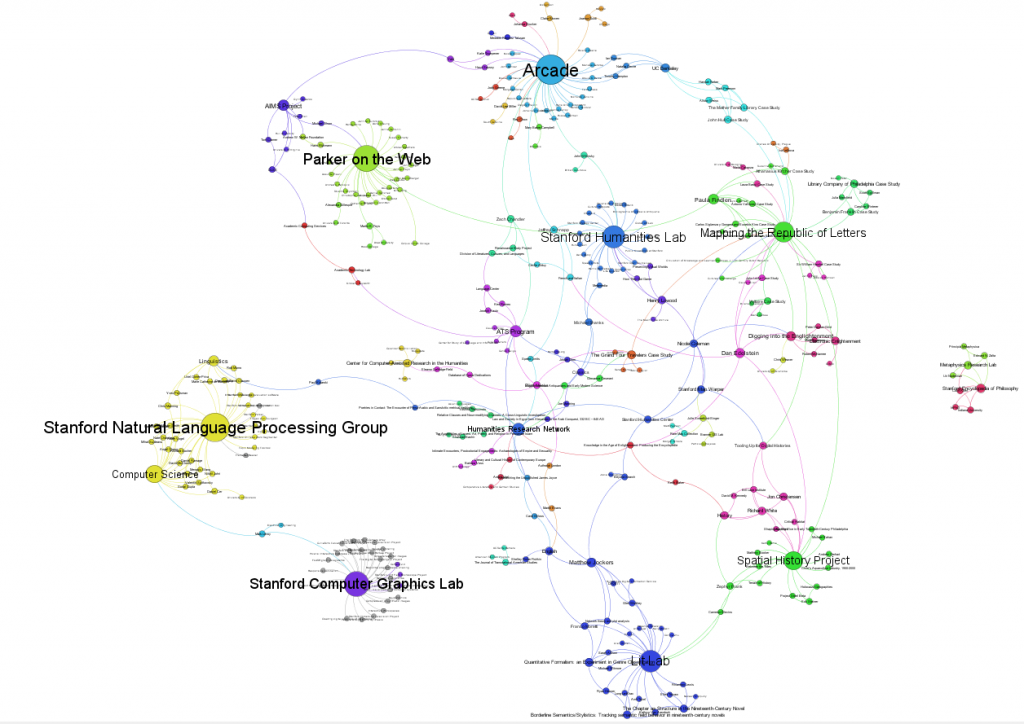Copying is not theft, and we intuit that when we see those silly commercials comparing downloading movies to stealing cars. Of course, it begs the question of whether or not file-sharing and copyright infringement cause damage despite not being theft. After all, arson isn’t theft, either, and it’s still bad. There, that’s another straw man to throw into the debate. I do think there are fundamental instabilities in the application of patent and copyright law invented during a time when information storage, retrieval and delivery was all significantly different.
The Pirate Bay, notorious den of scum and villainy–and Swedish, no less–lost their appeal and the Swedish courts maintained that Fredrik Neij, Peter Sunde, and Carl Lundstrom were guilty of helping users violate copyright laws by hosting pointers to torrented copyrighted content. It’s not so interesting that a site like The Pirate Bay came into existence nor that it would be shut down. No, what’s interesting is that the site creators consider themselves to be activists and feel that they are representative of a new and better philosophy than the people who are judging them. There’s a documentary being put together of the whole thing, which has an excellent exchange the reveals some of that basic instability:
Prosecutor: When was the first time you met in real life?
BrokeP: We think that the Internet is real.









